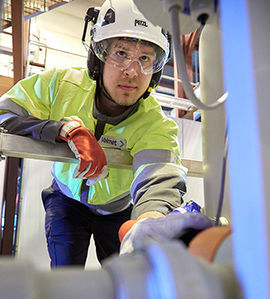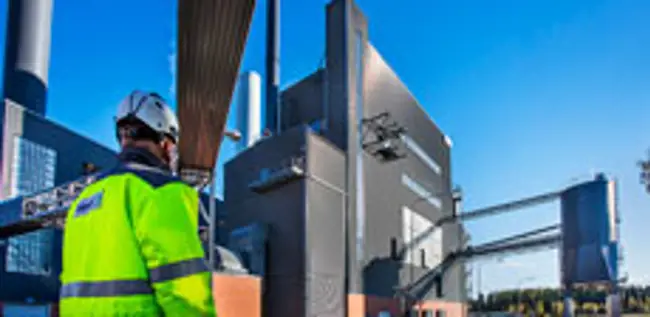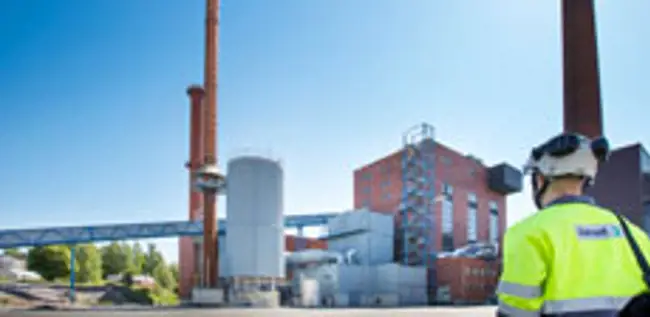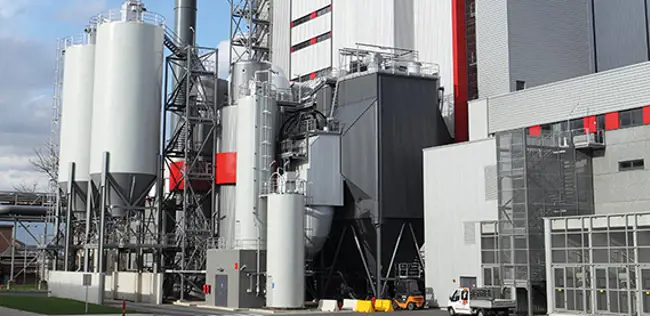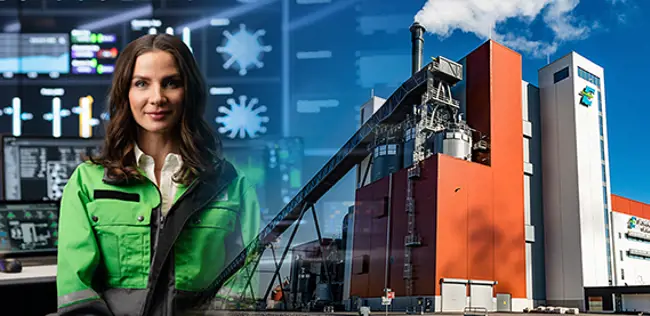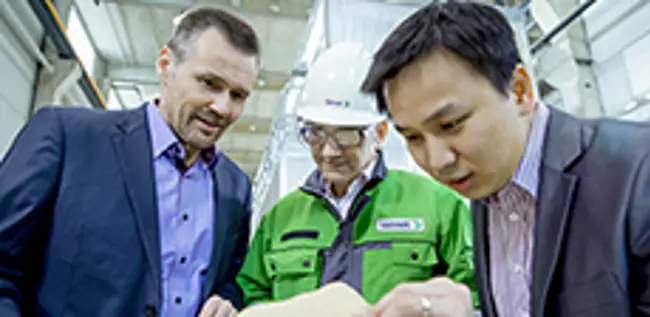New innovations and testing for more secure investments at Valmet’s energy pilot facility - the one and only of its size
Aug 20, 2020
As one of the few actors in the energy industry, Valmet can offer a complete fluidized bed boiler pilot facility with flue gas scrubber for its customers’ pilot trials. Pilot testing supports customers’ own innovation and development work and helps them to secure investments.
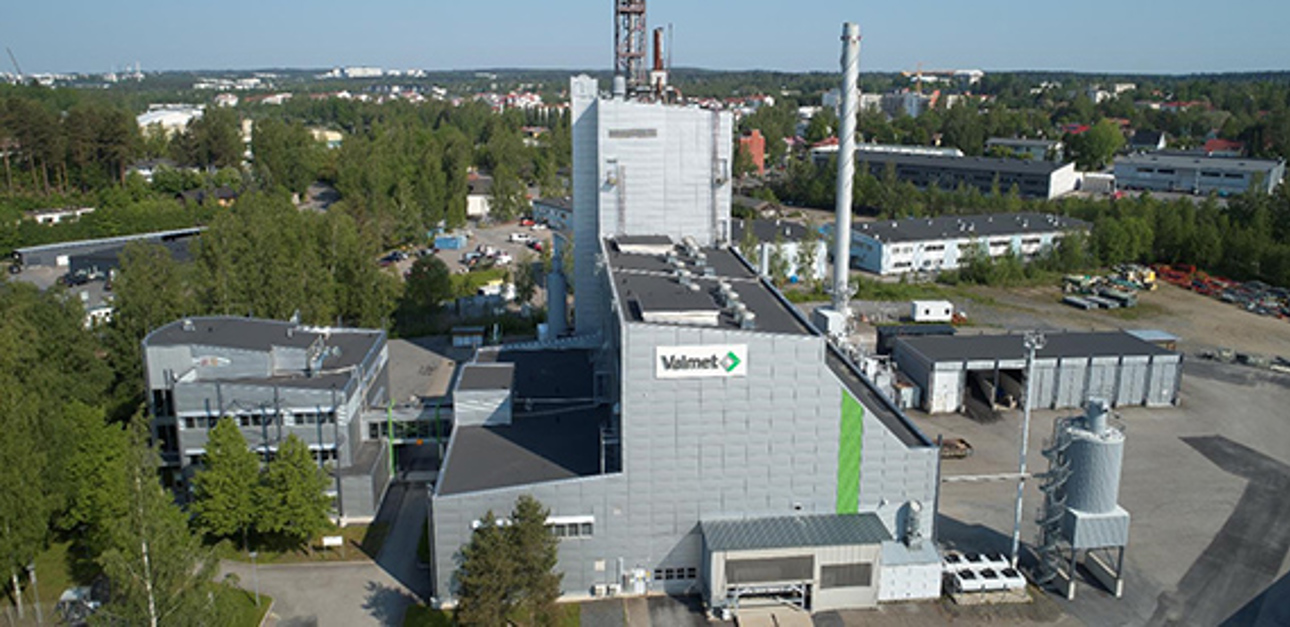
The energy industry operates in an ever-changing operating environment with increasing requirements on its environmental performance and efficiency. But where there are challenges, there are also opportunities. Through its unique pilot facility, and its extensive experience and knowledge covering the whole energy production process, Valmet can support its customers to successfully meet the increasing demands of today and tomorrow.
Megatrends drive the development of the energy industry
Many of the most challenging megatrends of our time – the urgent need to decrease emissions and to mitigate climate change as well as to move towards more sustainable solutions and circular economy – impact the operating environment of energy producers. In practice, this leads to increased demands on the use of renewable fuels and industrial side streams as well as creates a need for more effective ways to decrease emissions. Industrial side streams are used as fuels because they cannot be used as raw materials and would otherwise be treated as waste. At the same time, the demand for increased plant performance, efficiency as well as high reliability remains.
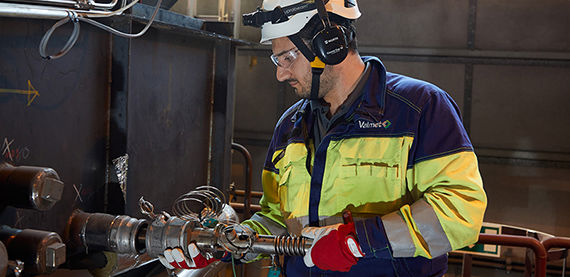
Valmet has developed unique measurement devises for fouling and corrosion studies.
Smart way to find answers needed for decision making
There are some uncertainties with the use of new, unknown, and sometimes quite challenging, fuels such as agro residues. Can they even be used for energy production in fluidized bed boilers and what are their combustion characteristics? To what extent do they cause corrosion or fouling? Are emission limits reachable at reasonable costs? What is the ash like? It’s no wonder that energy producers are keen to test these features somewhere other than in their own plants – and to secure their potential investment in advance. Testing also decreases customers technical and economic risks.
“On one hand our pilot facility helps to bridge the gap between laboratory tests and demonstration plant in development projects and on another gives the customer the necessary data to design their new boiler plant,” explains Ari Kokko, Director for Technology and R&D for Valmet’s Energy business.
Comprehensive testing of new and existing fuels
Valmet can offer a complete fluidized bed boiler pilot facility for its customers’ pilot trials, including comprehensive analysis services and access to Valmet’s network of experts with deep knowledge and experience. Naturally, the facility also serves Valmet’s own, extensive R&D work. The facilities for power production include fluidized bed boilers, tube reactors, cold models, equipment for full-scale field testing and measurements as well as a flue-gas scrubber. The plant is also equipped with Valmet’s energy automation systems.
Examples of new fuels tested for customers are different renewable agrofuels and oil palm industry residue empty fruit bunches (EFB), as well as coal washery reject and asphaltene, a side stream of the oil refining process. Although classified as a fossil fuel, the combustion of asphaltene supports a circular economy by turning an otherwise useless waste into energy.
“However, it is not only new fuels that our customers want to test. Also, mixtures of existing and new fuels are tested in our facilities to find the best solution both in terms of performance and cost,” says Katriina Jalkanen, R&D Project Manager at Valmet’s R&D Center for Energy.
Over the years, the center has accumulated a significant volume of fuel data. By testing 9,500 tonnes of various fuels, Valmet has test data on over 50 fuels and over 100 fuel mixtures operating in fluidized bed boilers.
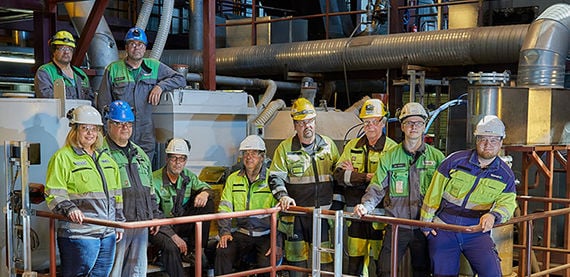
Katriina Jalkanen, R&D Project Manager and Energy R&D Center team in the front of the fluidized bed boiler pilot facility.
Process in place for effective pilot trials
However, introducing a new fuel to the fluidized bed combustion does not necessarily mean pilot testing straight away. To make fuel and other energy production related testing as effective as possible, Valmet has a well-proven, 5-step process in place for customer-initiated testing. The five steps are:
Step 1: Basic fuel analysis
- characteristic values of the fuel
- determination of the fuel’s suitability for fluidized bed combustion
Step 2: Advanced analytical methods
- detailed laboratory analysis methods utilized
Step 3: Bench-scale FBC test by tube reactors
- 15 kW; fuel behavior in authentic fluidized bed combustion (FBC) environment
Step 4: Pilot-scale test
- 4 MW circulating fluidized bed boiler (CFB) or 2 MW bubbling fluidized bed boiler (BFB) with Valmet DNA automation system
- fuel combustibility and additive testing
Step 5: Full-scale test
- at customer plant, supported by Valmet’s dedicated experts with long experience in organizing measurement campaigns
“During the pilot trial, for example, we analyze and test the optimal quality and quantity of additives needed to reach the permitted emission levels for SO2 and NOx or to decrease corrosion,” Jalkanen explains.
For full scale tests, Valmet has developed unique measurement devices that can be utilized for example in fouling and corrosion studies. Measurements together with the analysis of the results offer a solid foundation for decision-making concerning, for example, change of fuel. Valmet also has mobile additive injection units that can be moved to the customer plant to test the impact of different chemicals and secure the needed amounts needed for the emission reduction.
From yard to the top of the stack
| In addition to combustion testing, Energy R&D Center piloting focuses on air pollution control development. Due to the tightening emission limits the work to further develop emission reduction technologies is in a very active phase right now and Valmet has good possibilities to support these efforts. Over the years, extensive work has been dedicated to bag house filter (BHF) and electrostatic precipitator (ESP) key component development. A relatively new addition to Valmet’s pilot facility is a flue gas scrubber that serves in testing and developing environmental systems for flue-gas cleaning for both the marine and energy industries. |
There is always deep knowledge and experience behind the pilot trials. The flue gas scrubber piloting serves the marine as well as energy industries. |
“We are very satisfied with the performance of our one-year-old scrubber and the accuracy of the test results,” Jalkanen says.
In terms of the scrubber, Valmet’s pilot facility operations cover the whole way from the power plant yard to the top of the stack.
The facility also includes a pyrolysis pilot plant, where the process to produce bio-oil from wood residues has been developed from laboratory- to industrial-scale in collaboration with a customer.
“However, as important as the comprehensive and state-of-art pilot facility is, it is only brought to life through the vast knowhow and experience of our personnel operating it and supported by the access to our network of energy technology and other experts,” concludes Jalkanen.
Valmet’s R&D Center for Energy
Tampere, Finland
- Established in 1990
- Over 11,000 hours of pilot operations
- 3,300 days without LTIs (lost time incidents)
- Serves customers from all over the world
- Test data for over 50 fuels and over 100 fuel mixtures operating in fluidized bed boilers
- Facilities include
- fluidized bed boilers
- 4 MW CFB and 2 MW BFB
- full automation system
- Valmet DNA
- tube reactors
- 15 kW FBC
- cold models
- flue gas scrubber
- equipment for full-scale field testing and measurements
pyrolysis pilot
- fluidized bed boilers
